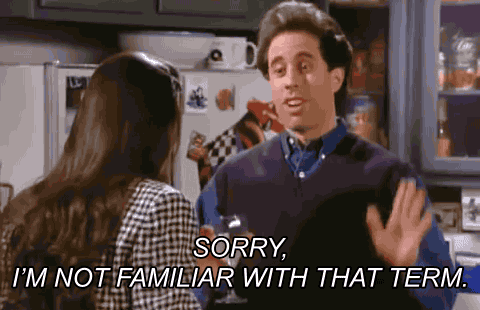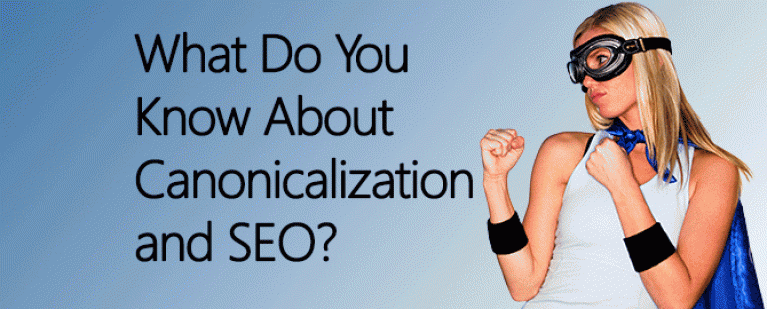What Is Canonicalization and How It Helps You Get Found Online
August 1st, 2016 by


For those who are unfamiliar, canonicalization can be an intimidating, seven-syllable term. Fear not—it’s nowhere near as complex as it sounds, but it is definitely important, particularly in terms of helping your business get found online.
Defining Canonicalization


When it comes to SEO, canonicalization refers to normalizing multiple URLs by redirecting to a single, dominant version. In other words, you need to determine if you want your site to be www.yoursite.com OR yoursite.com. If you choose www.yoursite.com, then yoursite.com should redirect to that URL. If you can pull up both versions, then you have an SEO problem. Why? From a search engine’s perspective, there are two identical sites that exist with the same exact content. Since the search engines cannot decipher which version of the duplicated content should be shown to individuals searching for the subject matter, it penalizes both sites. This will make both versions appear lower in search rankings. This concept is actually essential to the creation of a successfully optimized website.
What Web Developers Can Do to Help
With canonicalization, individual web pages can be loaded from multiple URLs for the purpose of successful SEO best practice. This becomes a problem when pages with the same content have different URLs, as the links that are intended to go to the same page get split up among multiple URLs. Web developers have established methods for redirection so that mismatched URLs can be changed and combined. Two main types of redirection are the 301 and the 302. With the 301, an HTTP status code indicates the permanent move of a hyperlink. The 302 indicates a temporary redirect message.
Good vs. Bad Canonicalization
Canonicalization is known to be among the most important aspects of organic SEO. To put it simply, good canonicalization results in search engines crawling more pages on your site, which gives link authority, so you have a stronger link profile. This also means there are fewer broken links across other sites. Bad canonicalization, on the other hand, produces the same results, just with the opposite effect.
Case in point: when it comes to good canonicalization, one product description or page of content should never have multiple URLs. Every resource—every page, image, video, etc.—must have one Uniform Resource Locator (URL), and never more.


Important read for anyone interested in improving his or her site’s SEO. I like the Seinfeld giph as well. 🙂